What makes a good life? Discover insights from Harvard’s 80-year happiness study on how relationships—not cholesterol—predict long-term health and longevity.

What makes a good life? Discover insights from Harvard’s 80-year happiness study on how relationships—not cholesterol—predict long-term health and longevity.

Qualia Stem Cell is a cutting-edge product designed to support stem cell health by targeting both key aspects of the hallmark of aging “Stem Cell Exhaustion” – stem cell numbers and functions.
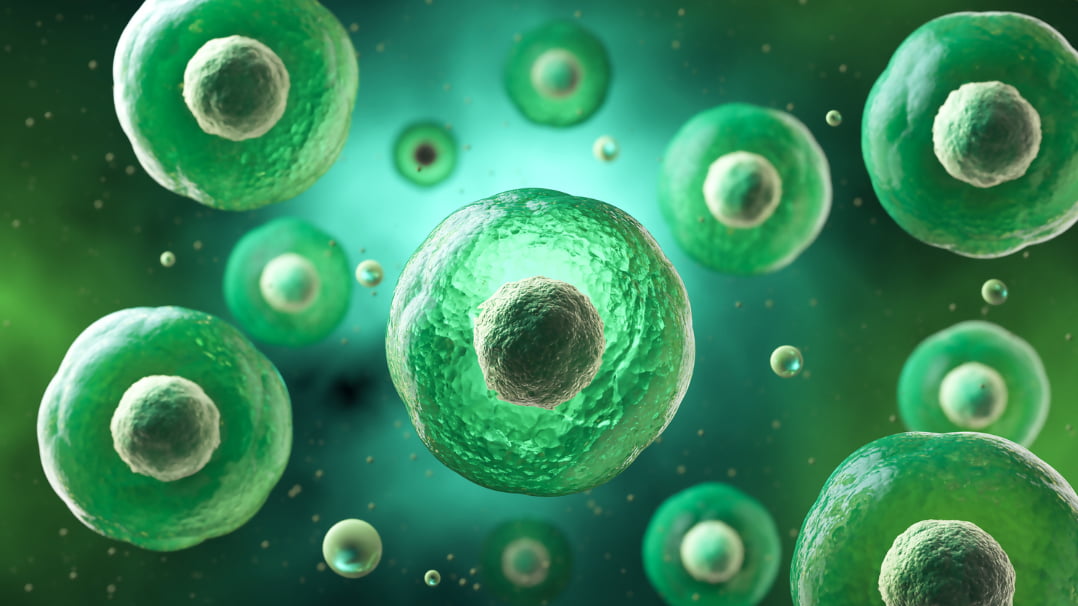
HIIT isn’t just for fitness — it may help your body clear senescent cells and slow aging at the cellular level. Here's what the latest research says.
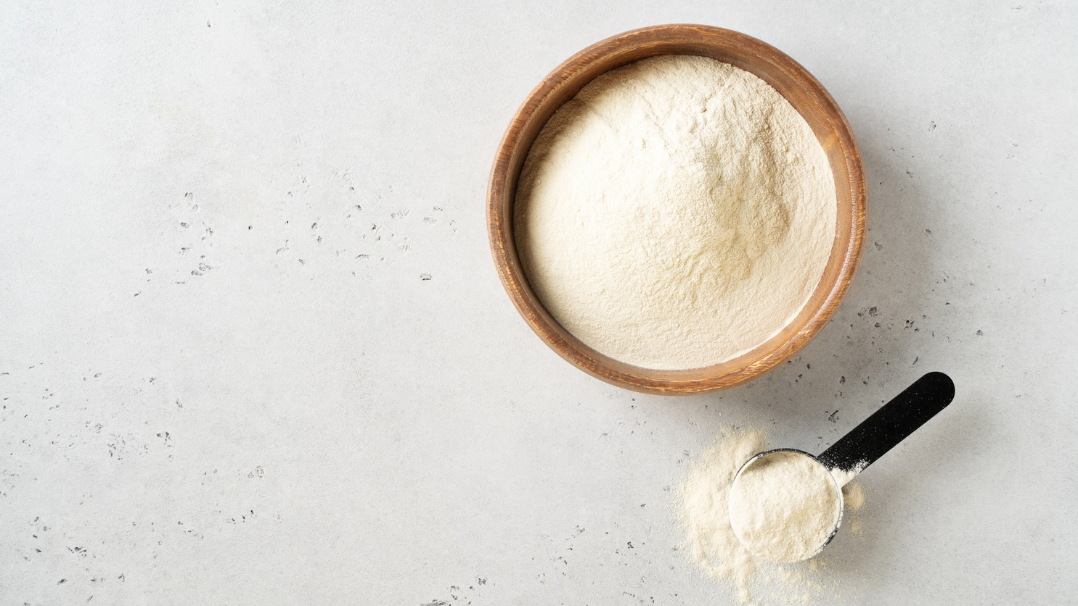
Training hard? Your joints need backup. Discover how eggshell collagen from Ovomet® supports joint health, comfort, and mobility. Learn more!
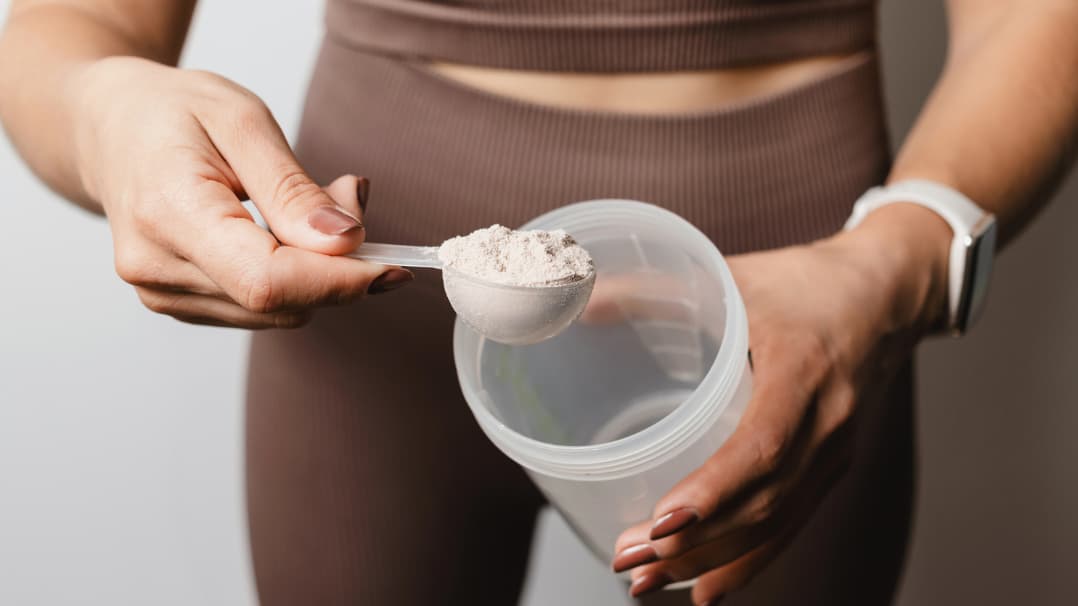
Discover what creatine is, how it fuels your muscles and brain, and why supplementation may support strength, cognition, and healthy aging.

Discover the latest science-backed health benefits of sauna therapy. From heart health to boosted mood, explore how regular sauna use supports overall wellness and longevity.

What you need to know about fasting and senolytics to support healthy aging, cellular cleanup, and longevity.

Saffron benefits for healthy mood and brain function, backed by clinical research. Discover how saffron supports cognitive health and emotional well-being.

Soy is a nutrient-dense source of protein that gets a bad rap for its impact on hormones. Here’s what studies show about soy isoflavones.

Beat brain fog naturally with proven nutrients, lifestyle tips, and strategies to enhance focus, memory, and mental clarity.

Benefits of chelated magnesium include better absorption, retention, and gut comfort. Read more to find out why it matters for you.

Joint supplements protect and enhance joint health and mobility as we age. Learn more about the best research-backed ingredients for fast-acting support for joint comfort.
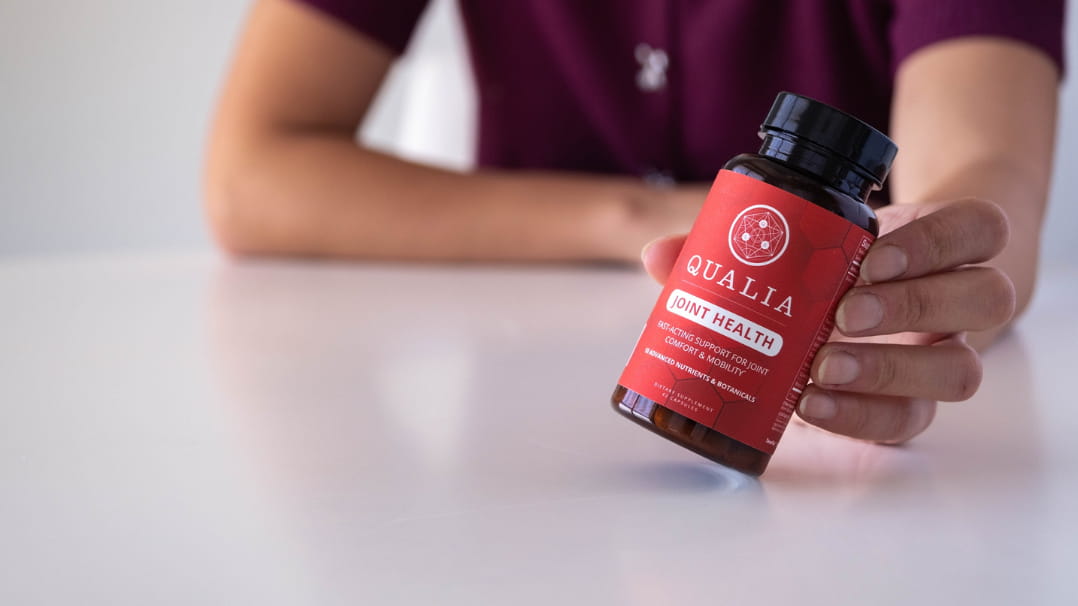
Qualia Joint Health is a next generation joint supplement designed to support for joint comfort & mobility. Learn about the 10 advanced joint health nutrients and botanicals included in Qualia Joint Health.

Probiotics can take days to weeks to show effects, depending on strain, health, and consistency. Learn what to expect and how to maximize benefits.

Discover the best probiotics for gut health, their benefits, top strains, and expert recommendations to support digestion and overall well-being.

Qualia Senolytic helps clear senescent cells to support healthy aging. Learn what to expect and how to get started.

Prebiotics feed beneficial gut bacteria, while probiotics are live bacteria that support digestion. Learn which one is right for you.

NAD+ supplements and NAD+ IV therapy are cutting-edge methods designed to rejuvenate and enhance cellular health. Learn the differences between the two tools scientifically backed to optimize aging.

Explore Boswellia benefits like supporting joint comfort, enhancing mobility, and promoting overall wellness with this versatile natural extract.

Discover the neurobiology of love—how oxytocin & dopamine shape attraction, bonding, and attachment. Explore now!

Discover how the best time to take magnesium supports sleep, bone health, and metabolism, and find optimal timing to help achieve your health goals.

L-carnitine supports energy, metabolism, joint health, and cognition. Learn its benefits, sources, and uses.
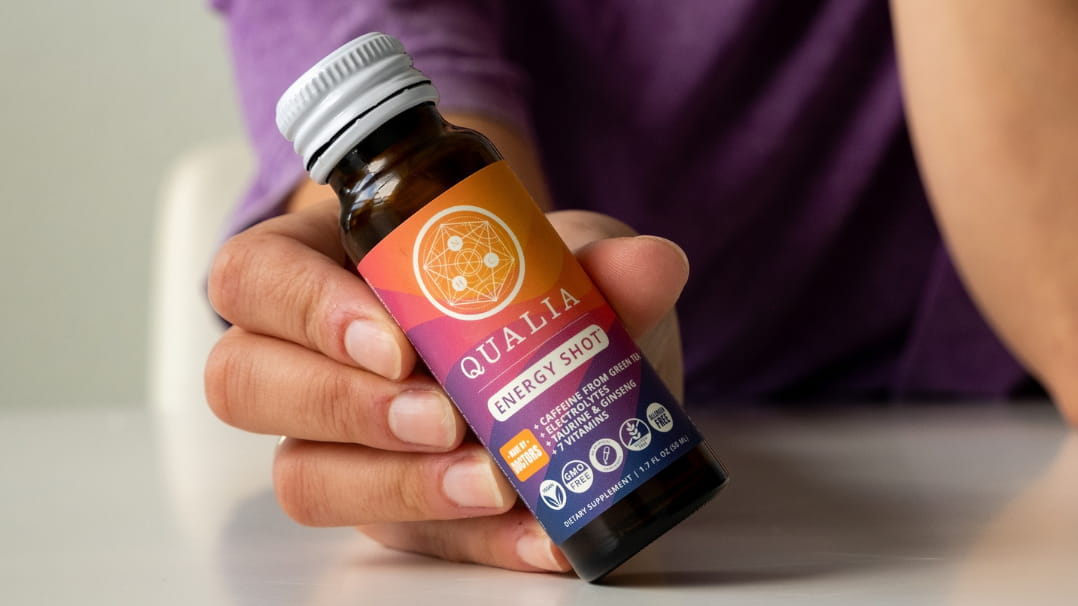
Qualia Energy Shot is a naturopathic doctor-formulated energy shot unlike any other. Learn the science behind the ingredients that deliver a clean, instantly noticeable burst of energy with no crash.